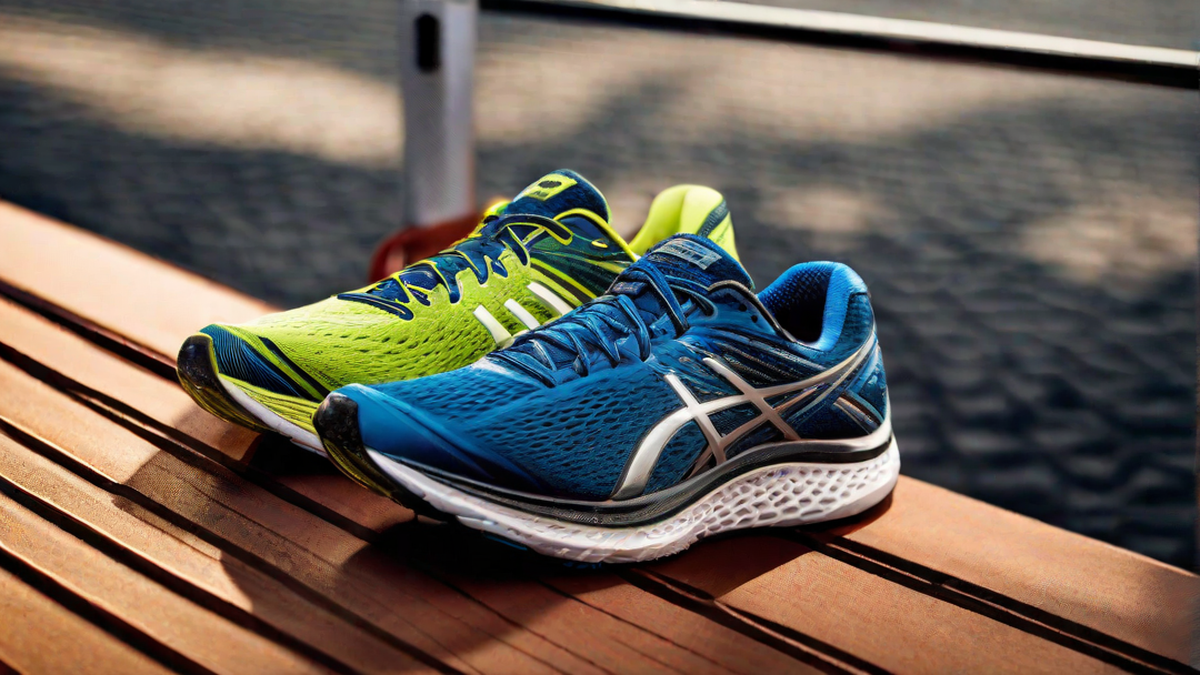Wearing orthotics in your running shoes can make a world of difference in your comfort and performance. As someone who has struggled with foot pain and discomfort while running, I can personally attest to the benefits of using orthotics. In this article, I will share my personal experiences and provide detailed guidance on how to wear orthotics in running shoes.
What are Orthotics?
Orthotics are devices that are inserted into your shoes to provide additional support, stability, and cushioning for your feet. They are often recommended for individuals with flat feet, high arches, or other foot conditions that can lead to discomfort or pain while running.
In my case, I have flat feet, which means that the arches of my feet do not have a natural curve. This lack of arch support can cause my feet to roll inward excessively when I run, leading to various problems such as shin splints, knee pain, and even lower back pain.
Choosing the Right Orthotics
When it comes to choosing orthotics, it’s important to consult with a podiatrist or a qualified professional who can assess your feet and recommend the right type of orthotics for your specific needs. There are different types of orthotics available, including custom-made orthotics and over-the-counter options.
I opted for custom-made orthotics, as they are specifically designed to address my flat feet and provide the necessary support. Although they can be more expensive than over-the-counter options, they are tailored to my feet, ensuring maximum comfort and effectiveness.
Inserting Orthotics into Running Shoes
Once you have your orthotics, it’s crucial to wear them properly in your running shoes to get the most out of them. Here are the steps I follow:
- Clean your shoes: Before inserting your orthotics, make sure your running shoes are clean and dry. Remove the existing insoles if possible.
- Slide in the orthotics: Gently slide the orthotics into your shoes, making sure they are properly aligned with the heel and arch areas.
- Adjust if necessary: If the orthotics feel uncomfortable or do not fit properly, you may need to make some adjustments. Some orthotics come with removable pads or inserts that can be used to fine-tune the fit.
- Test it out: Put on your running shoes with the orthotics and take a short walk or jog to assess how they feel. Pay attention to any areas of discomfort or pressure points.
It’s worth noting that it may take some time for your feet to adjust to the orthotics. Start with shorter runs or walks and gradually increase the duration as your feet become accustomed to the new support and alignment provided by the orthotics.
Taking Care of Your Orthotics
Proper maintenance and care of your orthotics will ensure their longevity and effectiveness. Here are some tips:
- Clean them regularly: Wipe down your orthotics with a damp cloth to remove any sweat or dirt that may accumulate over time.
- Avoid extreme temperatures: Excessive heat or cold can damage the materials of your orthotics, so store them in a cool, dry place.
- Replace as needed: Orthotics typically last between 1 to 5 years, depending on usage and wear. If you start experiencing foot pain or discomfort again, it may be time to replace your orthotics.
Conclusion
Wearing orthotics in your running shoes can be a game-changer for anyone dealing with foot-related issues. By providing the necessary support and alignment, orthotics help alleviate pain, prevent injuries, and improve overall running performance.
Remember to consult with a professional to choose the right orthotics for your feet and follow the proper steps for inserting and adjusting them in your running shoes. With proper care and usage, orthotics can become an essential part of your running routine, allowing you to enjoy your runs to the fullest without the discomfort and pain.

